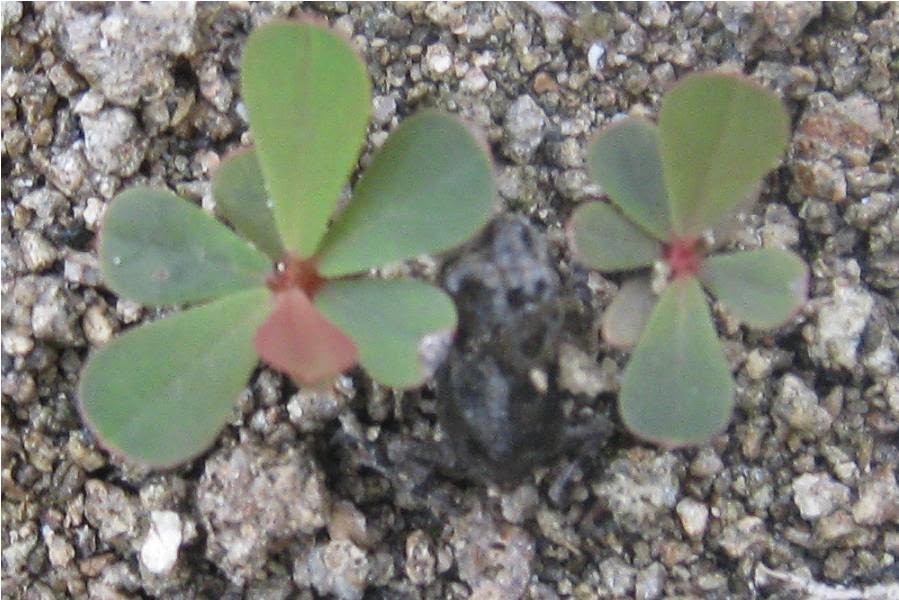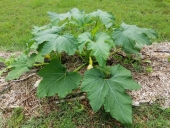Jennifer Wadsworth wrote: downtown Phoenix -
Do they still flood irrigate there? About 30 years ago, I spent a summer near 7th and Camelback, and I recall that every week or two there was a day when people's yards would get flooded from the canals. doesn't that bring out the toads?
Desert toads spend a LOT of their life underground and dormant. As you found out when you dug one up. To get enticed out, they need to get a good ground-soaking downpour. To get enticed out and want to mate, that ground-soaking downpour has to stay around for a while in the form of a pond.
I would suggest buying a small toddler wading pool, say 4' across and 18" deep and burying it in a part of your garden. Fill it half full of good size river rock and the rest of the way with water. Then wait for the toads to find it. Since you say the summer monsoon just started, toads are probably out looking for places for their conjugal visits.
If it starts to look like mosquito habitat (wriggly larvae in the water), buy a half dozen rosy red minnows at some place like PetsMart and toss them in. They won't bother the tadpoles, but they will eat any mosquito larvae they can find.
I'd gladly mail you a sackful of toadlets, but I wonder how they would survive the trip. Maybe in a big handful of mud like the one your dug your toad out of.......

 2
2




 1
1




 5
5




 1
1





 1
1




 1
1




 1
1





 1
1










 1
1


















